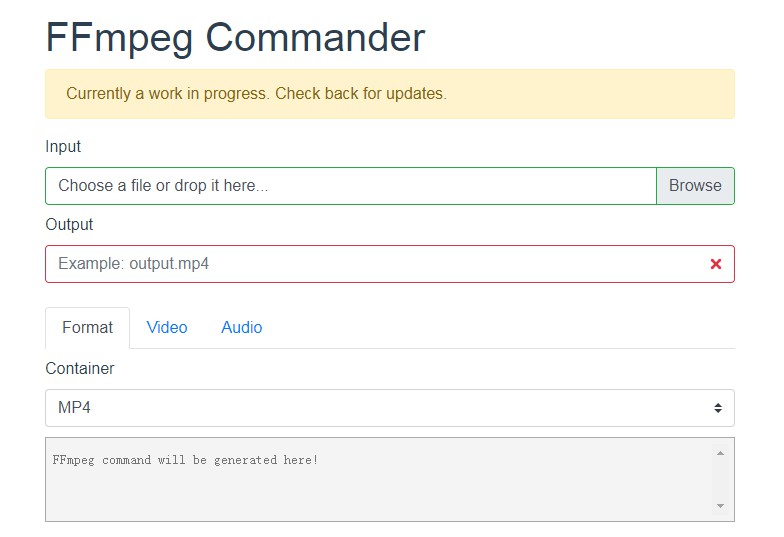
Use the FFME MediaElement control as any other WPF control!įor example: In your MainForm.xaml, add the namespace: xmlns:ffme="clr-namespace:Unosquare.FFME assembly=ffme.win"Īnd then add the FFME control your window:.Within you application's startup code (Main method), set = to ffmpeg binaries from the previous step".Copy all of them to a folder such as (c:\ffmpeg) Your FFmpeg build (see the bin folder) should have 3 exe files and a number of dll files and must match your app's architecture (32-bit or 64-bit).You can build your own FFmpeg shared binaries or download a compatible build from the FFmpeg Windows Downloads page: ( ).


In order to use the FFME MediaElement control, you will need to setup a folder with FFmpeg binaries and point to it from your application code.


 0 kommentar(er)
0 kommentar(er)
